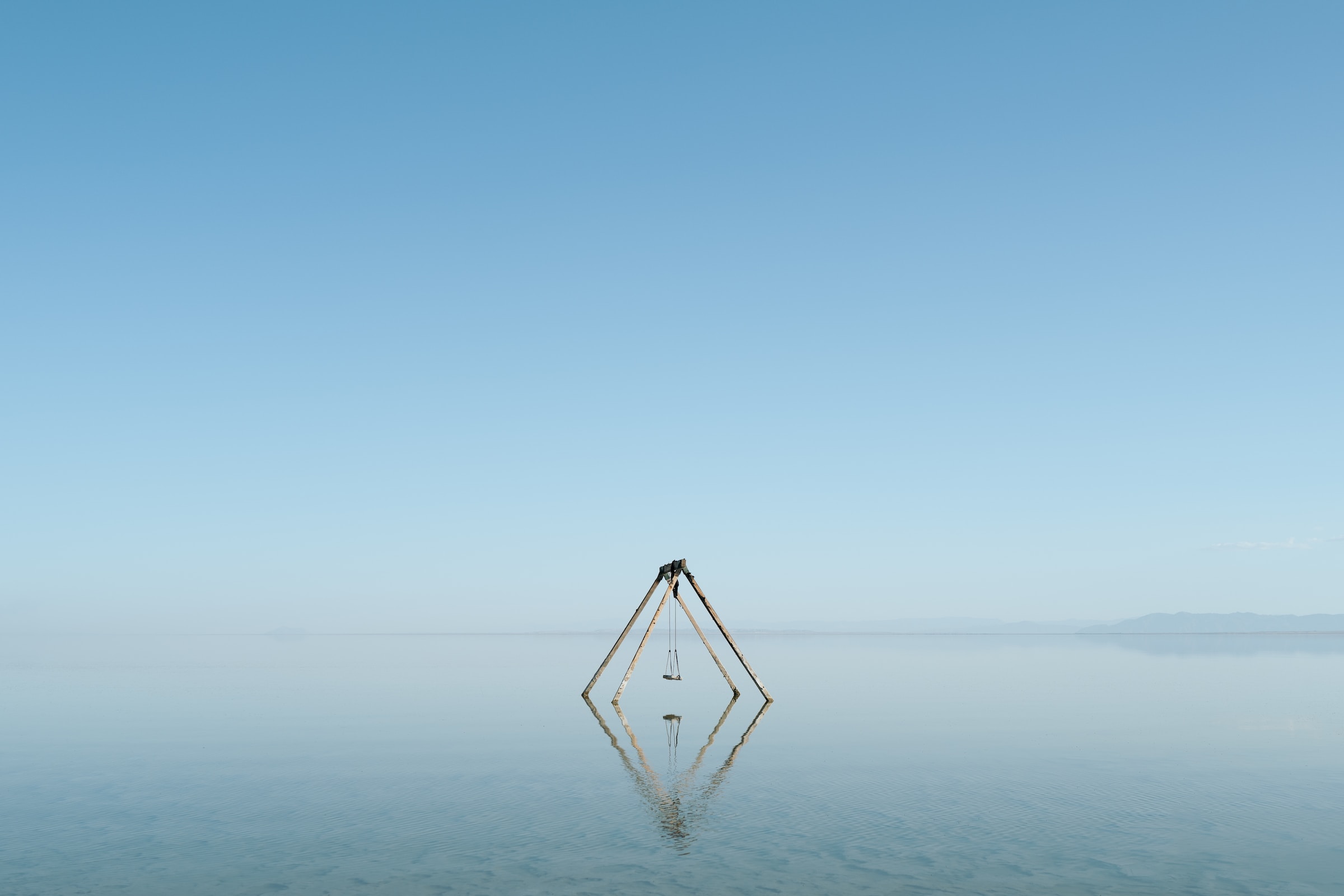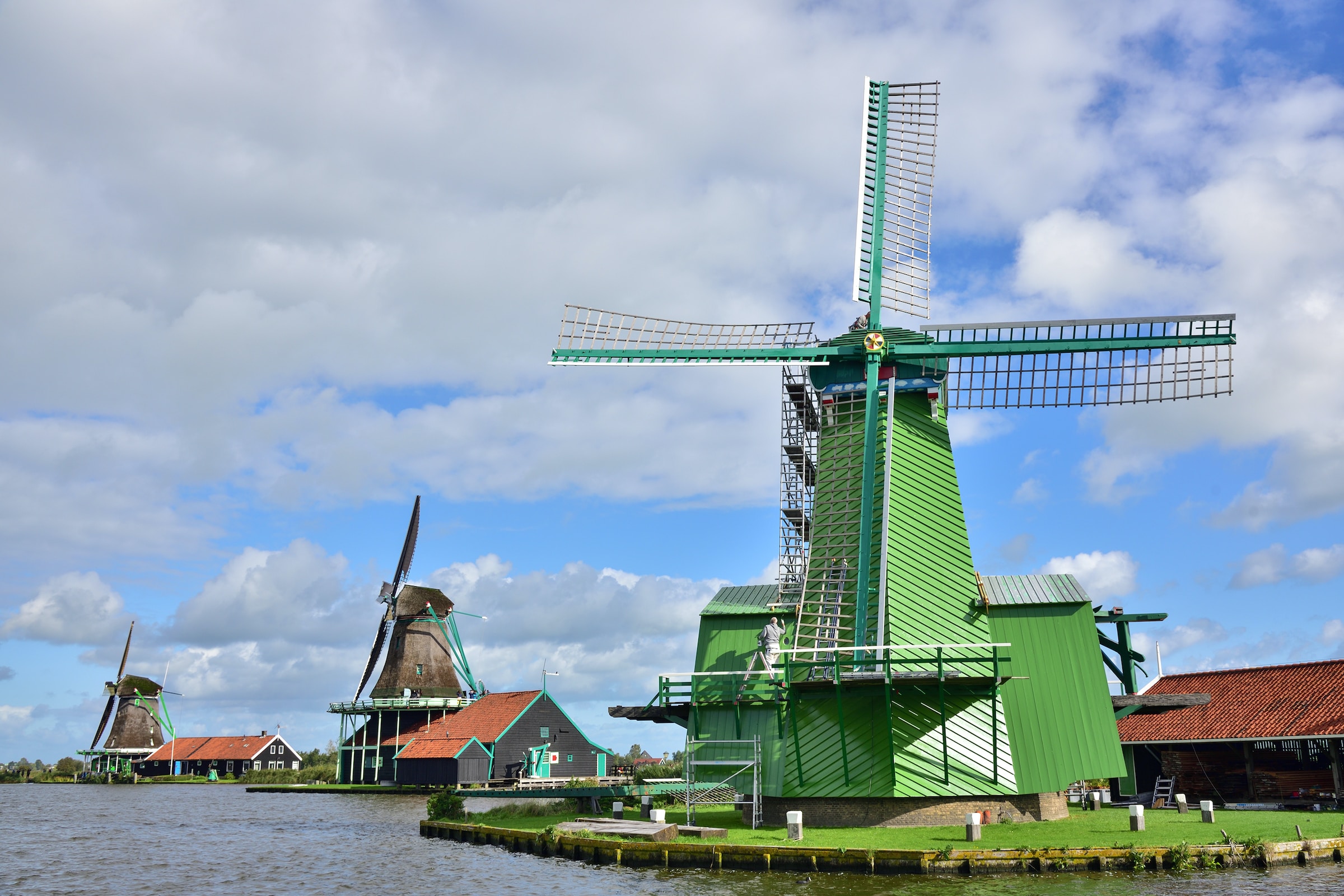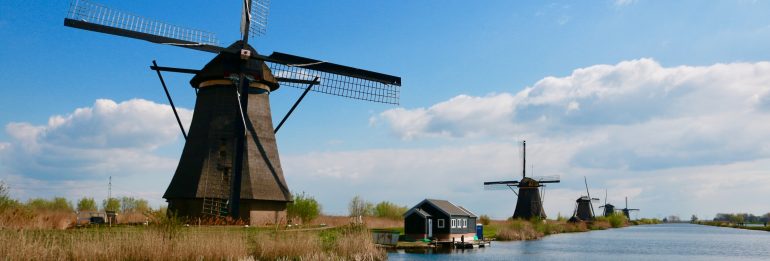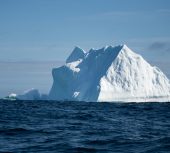In the low-lying nation of the Netherlands, rising sea levels are not a distant threat; they are a tangible reality. The Dutch, over the centuries, have not just learned to live with water but have transformed it into an ally, crafting innovative strategies to stave off the encroaching seas. Today, as global sea levels rise at unprecedented rates, the Netherlands' methods are more critical than ever — and they may just offer a lifeline to other nations staring down the same watery threat.
Guardians of the Coast: The Maeslant Storm Surge Barrier
Dominating the Nieuwe Waterweg in South Holland, the Maeslant storm surge barrier stands as a testament to Dutch engineering prowess. Conceived between 1991 and 1997, this behemoth forms a part of the Delta Works - an intricate web of barriers designed to repel tidal surges.
Operating under the vigilant eyes of a centralized computer system, the barrier springs into action when Rotterdam, home to one and a half million souls, faces flood threats. The gates, massive in their design, clamp shut when water levels are projected to surge three meters or beyond.
Marc Walraven, Senior Stormsurge Barrier Advisor, elucidates that the barrier, though having sprung to action just twice in a quarter-century, is designed for the long haul — with a formidable lifespan of around 100 years. "We factored in a sea-level rise of about 50 cm," Walraven notes, "but the future is unpredictable. Adaptations might be on the horizon between 2060 and 2090."
Drawing onlookers in droves, the barrier's annual testing is an event in itself, showcasing its sheer might and the country's unwavering commitment to safeguarding its inhabitants.
Rising Waters: A Global Alarm
The 20th century witnessed sea levels creeping upwards, but the pace has quickened. The United Nations rings the alarm, noting current rates are over twice as swift. The Royal Netherlands Meteorological Institute (KNMI), in a 2021 revelation, posited that prior sea-level rise calculations may have been optimistic. Without curbing greenhouse gas emissions, the waters off the Dutch coast might swell by an alarming 1.2 meters by 2100. A hastening meltdown at the Antarctic Ice Sheet could even see this surge touching two meters.

Sea level rise is a global problem
Innovating Afloat: The World’s First Floating Farm
Yet, the Netherlands is not just banking on barriers. Nestled in Merwehave, Rotterdam’s Floating Farm epitomizes the spirit of Dutch innovation. This world-first, home to 40 cows, churns out milk in its below-deck facilities. The genesis of this concept traces back to Hurricane Sandy’s 2012 onslaught on New York. As supply chains crumbled and food supplies dwindled, a revelation struck Minke van Wingerden, the farm's co-founder. "Logistics, crucial for urban food supplies, collapse in flooding. But by adopting a climate-adaptive approach, oscillating with the tide, dependence on logistics diminishes."

This visionary idea has ignited global interest. Countries like Singapore and Dubai are keen on replicating the floating farm model, recognizing its potential in a world grappling with the climate crisis.
Conclusion
As seas swell and the world seeks solutions, the Netherlands stands resilient, an emblem of innovation and endurance. Through their ingenious blend of engineering marvels like the Maeslantkering and pioneering concepts like floating farms, they not only offer their citizens a buffer against the rising tide but also extend a blueprint for the world. The message is clear: face the challenge head-on, innovate, adapt, and rise above.
©GlobalCO2.uk





